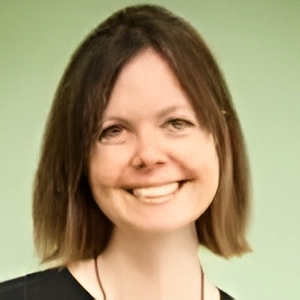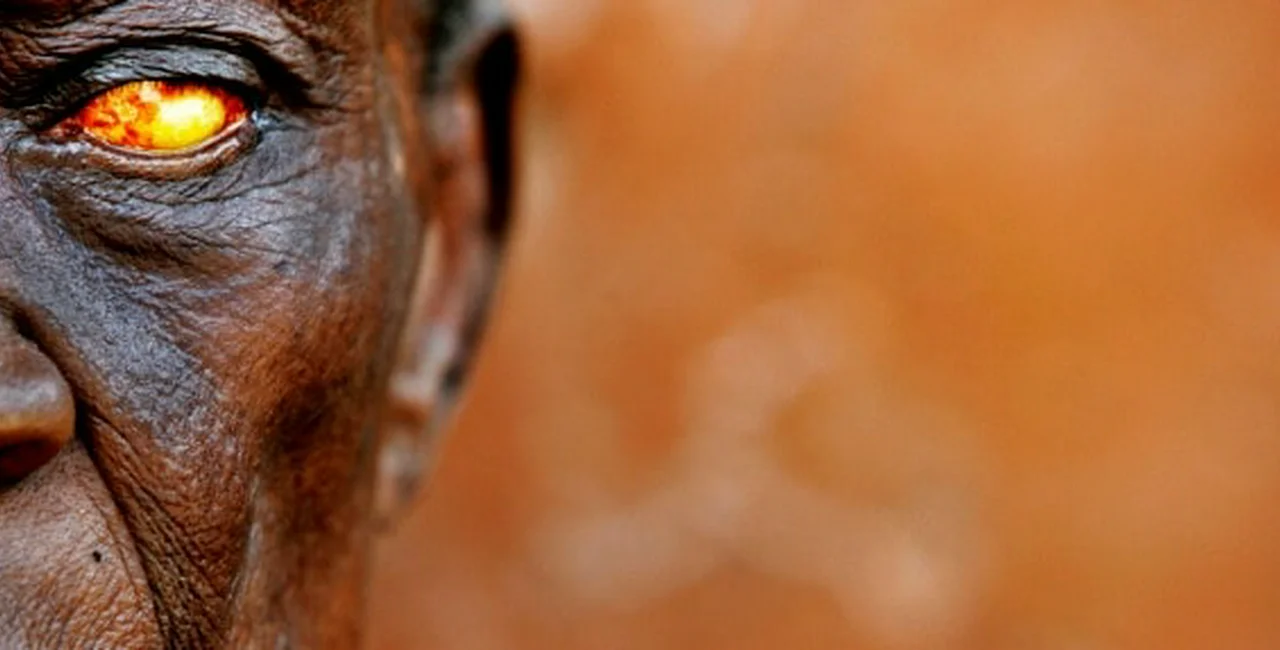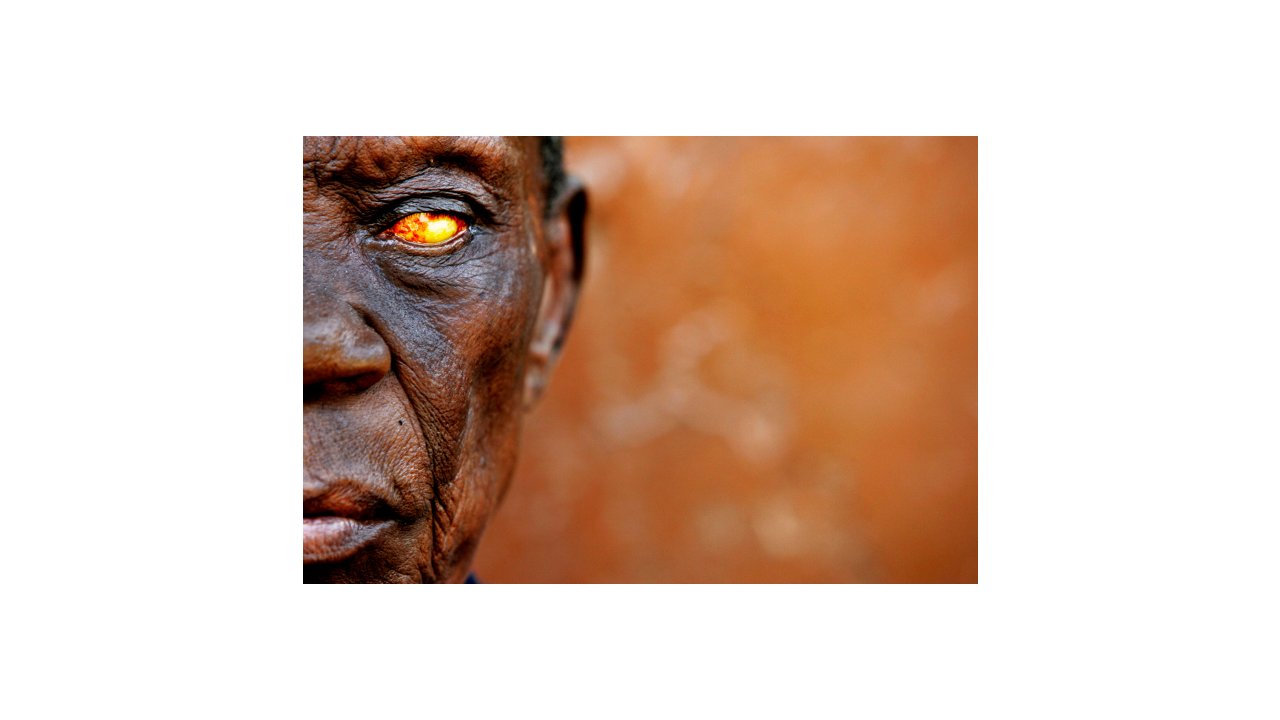Photographer Michal Novotný and his camera have traipsed to more than 60 countries; from Afghanistan to Bangladesh to Ukraine and many points in between. Novotný’s work has appeared in The New York Times, The Sunday Times Magazine, L’Express, El Mundo, Time,Vanity Fair, and countless other publications. He has won a World Press Photo award and two Best of Photojournalism plus over 20 awards in the domestic Czech Press Photo competition. From August 1-25, 2013 at the Old Town Hall you can see a broad range of his reportage photos taken over the last 20 years. Discover the blind in Liberia, a living goddess in Nepal, the exorcism of demons in the Congo, and Tibetan Buddhism in Ladakh.
We spoke to Novotný on the eve of his exhibit about the fate of print media, occupational hazards, and the notion that “the world is starting to all look the same.”
JM: Tell us about your first experience shooting a war and why you chose to pursue this career path.
MN: I took my camera and hitchhiked to Yugoslavia; I was 18-years-old and knew nothing about photography or war. The previous summer I’d hitchhiked to Syria. I was influenced by Richard Halliburton’s books, he lived and travelled and wrote and took pictures. It doesn’t really work in real life. So that was one reason – to make a living travelling and taking pictures. Also, two years prior it was the Velvet Revolution and I saw all these foreign photographers here and at that time one of our channels began to show CNN and it was completely different from anything I had seen. I was an 18-year-old boy who wanted adventure in his life and now it was possible. Yugoslavia was cheap – I bought powdered soup and that was it.
JM: How did you end up in Afghanistan?
MN: My first Afghan assignment was for Lidové noviny, it wasn’t to make money but get enough to go there; they gave me time to travel and salary, but no expenses. If you didn’t go to such an expensive country you could do it and war zones aren’t that expensive. They were very open and flexible and they’d publish like 6-8 pages of photos in their magazine. I really enjoyed my time working there.
JM: Scariest moment on assignment?
MN: My first trip I was so stupid, I pitched my tent in the city and that night there was fighting with the Croats on one side, Serbs on the other, fighting over my tent – I just laid there promising I would never leave Prague again if I lived. It was my stupidity.
JM: Place you discovered that you didn’t want to leave?
MN: Nepal and the mountains there, I really love it, the people, the nature. I’ve travelled to other mountains, the Alps, but if you compare it with the Himalayas, it was something I didn’t expect. I don’t even feel the beauty from the photos I took there.
JM: What drives you to go to a place and take pictures?
MN: It has changed – in the 90s I’d watch CNN, see there’s a new war, everyone’s there and I wanted to go to. Now I want to go to places that are about to disappear. The last stories I did were like this – the people won’t live in these houses forever, wear these folk clothes. It’s sad the world is starting to all look the same.
JM: Where do you plan to go next?
MN: I’m thinking of going to Uman, a small town in the Ukraine. Thousands of orthodox Jews make a pilgrimage there every Rosh Hashanah and the town residents rent out their flats and sleep in their cars. I think it would be a very interesting story to see.
JM: What type of photography do you enjoy the most?
MN: Reportage photography, but a couple years ago it became important to me to spend time on one subject, ideally four to six weeks, or I’d go for two weeks and feel that I had to go back. It is a completely different experience to spend a few months in a place compared to a week. If I feel I want to follow a story for a longer time, I can – it’s nice to say one day more (spent in a place) doesn’t make a difference.
JM: Do you have a favorite photograph?
MN: I can’t say what my favorite photo is; it was hard to even find images for this article. I like the whole story; I’d prefer someone to publish a whole story rather than just a few photos from each one.
JM: How has digital photography changed what you do? How do you see the future of photography?
MN: If you compare the changes in the last 10-20 years, if someone would have told me in 1993 that I could have photos on a screen and send them anywhere instantly? A digital camera in 1993? I’m looking forward to where it will go. I hope people who can create quality images will still be needed, at least until I die. So many people are crying about the death of printed media but it also brings positive effects. If I’m on assignment for the New York Times, they might only print two or three of my pictures. But they might do a photo gallery online and people will see more of my work. I like to view photo galleries online too but printed images are really nice. I hope there are still chances to see exhibitions and buy (photography) books.
JM: Greatest career achievement?
I’m most proud that I’m able to make a living as a photographer and I don’t need to take photos I don’t want to. There are awards and they are great but I’m proud that I can live my dream. That is so valuable.
Michal Novotný: Your World, My Eyes
now through Aug 31
Old Town Hall (Staroměstská radnice)
Staroměstské náměstí 1












 Reading time: 5 minutes
Reading time: 5 minutes 



































